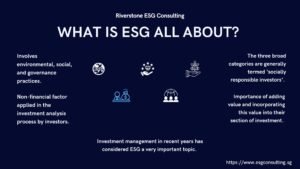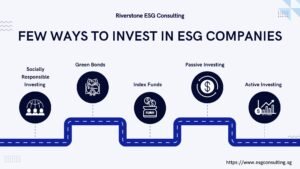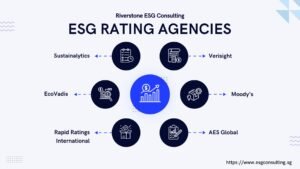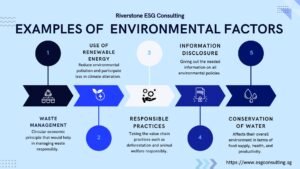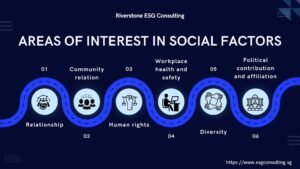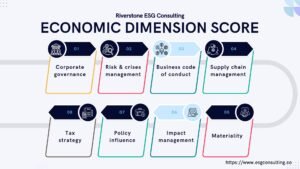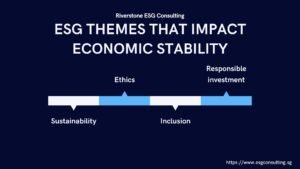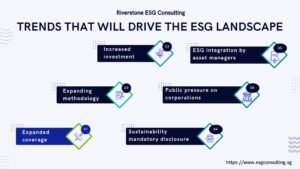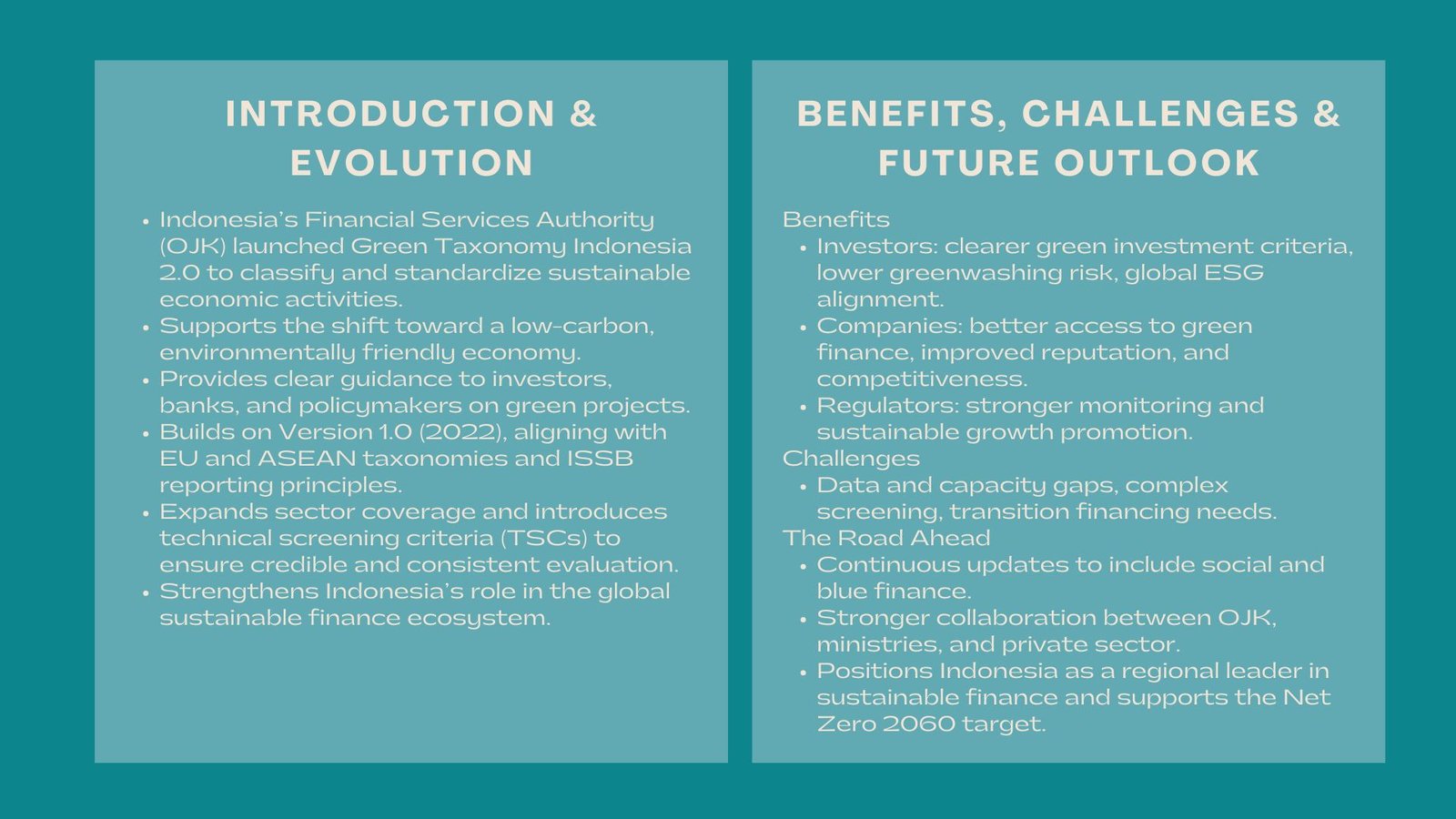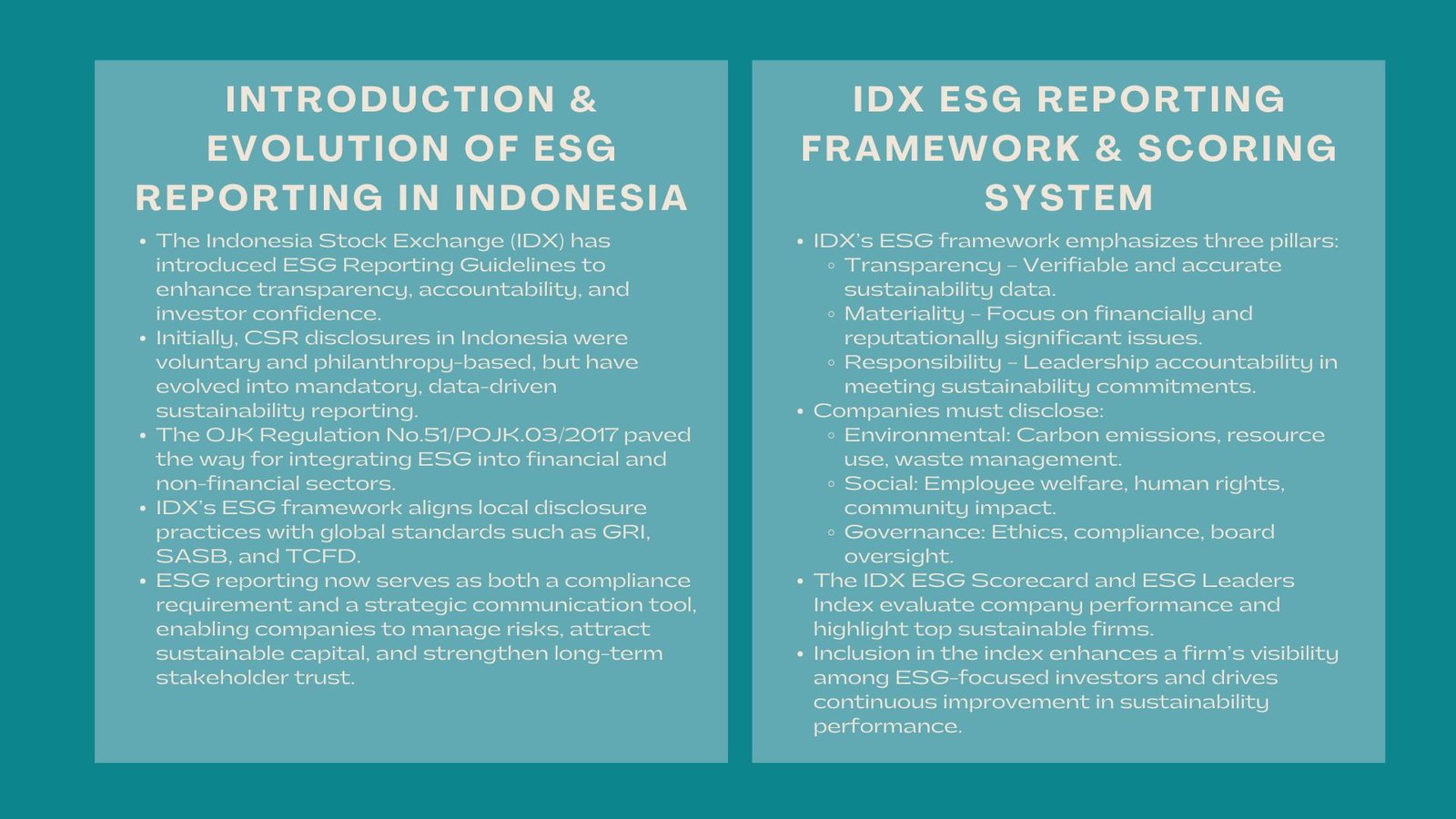Singapore Green Finance Taxonomy and Sustainable Financing
Introduction to Singapore Green Finance and Sustainable Financing
Sustainability has become a buzzword and a strategic requirement of the financial sector at the global level. Since countries are competing to fulfill their climate obligations and lower carbon emission levels, finance can be a key attribute in facilitating the green transition. Singapore, being one of the financial centres in Asia, has made decisive action to influence the sustainable capital flows with the concise and trustworthy scheme, the Singapore Green Finance Taxonomy.
This taxonomy was created by the Monetary Authority of Singapore (MAS) in consultation with industry stakeholders to provide a common definition of what it means by a green or a sustainable economic activity. It seeks to advise banks, asset managers and corporates on how to identify and fund projects that facilitate environmental and social agendas.
In this paper, we will delve into how the Singapore Green Finance Taxonomy works, its implications to sustainable financing, and how it will assist businesses to attract investors who are interested in long-term and responsible development.
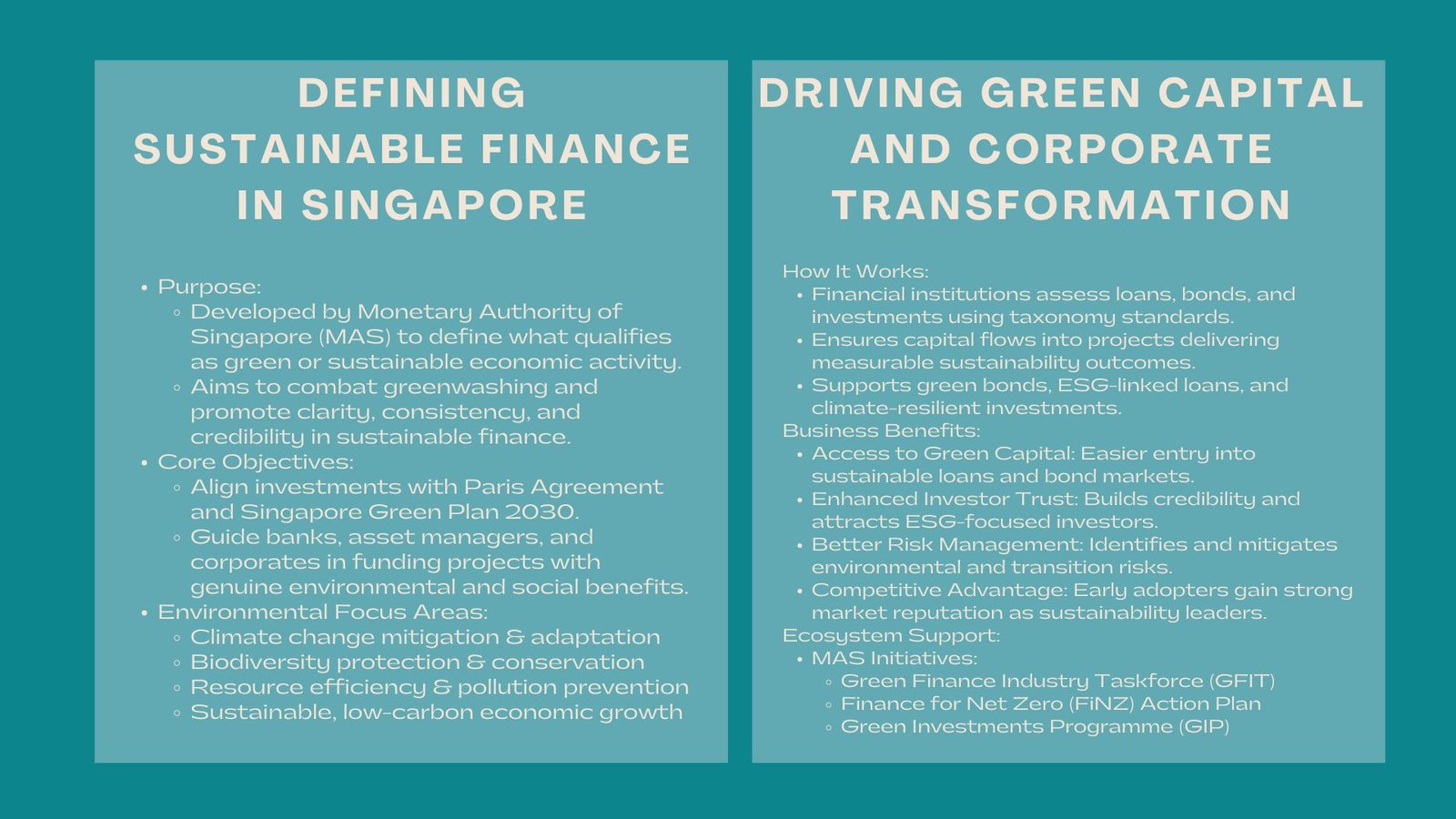
The Singapore Green Finance Taxonomy Purpose.
The Singapore Green Finance Taxonomy was introduced based on the necessity to fight the so-called greenwashing, i.e. the act of proclaiming projects as ecologically friendly, without any valid reasons to support such claims. In an attempt to sustain the confidence to the financial system, MAS came up with this framework to help in making investments truly aligned with the sustainability agenda in Singapore and the Paris Agreement.
The taxonomy has three major functions:
- Clarity: An environmentally sustainable activity defines and gives a clear definition of what is considered environmentally sustainable.
- Consistency: Bringing the green finance practices in Singapore in line with the international standards.
- Credibility: Making sustainability claims by financial institutions and companies verifiable and measurable.
It will help investors, lenders, and policymakers make better judgments and capital can be channeled towards areas that facilitate decarbonization, renewable energy, and social inclusion.
Green Finance Taxonomy Major Principles.
In its essence, the taxonomy is based on globally accepted frameworks, like the EU Taxonomy of Sustainable Activities and the ASEAN Taxonomy of Sustainable Finance. It has however been attuned to the local situation in Singapore, responding to local needs such as climate resilience and energy transition.
There are six environmental objectives identified by the taxonomy:
- Climate change mitigation
- Climate change adaptation
- Biodiversity protection
- Environmental protection and conservation.
- Resource efficiency
- Visionary economy projects.
This makes an activity to be deemed as green when it significantly leads to one of these goals without necessarily causing significant detriments to other objectives. This principle, which is referred to as Do No Significant Harm (DNSH) makes sure sustainability programs are not solitary.
Implementation in Financial Institutions.
Financial institutions are very crucial in the implementation of the taxonomy. According to the MAS, it is supposed to be used by the banks and asset managers to evaluate whether loans, bonds or investments qualify to sustainability criteria.
This implies that, institutions need to assess the environmental and social impact of a project and compare them with the thresholds of the taxonomy before financing the project. To take an illustrative example, a green loan to finance a solar energy project would require it to meet the required emission reduction standards, and a real estate developer that wants to finance using green financing would be required to meet the required energy efficiency standard and environmental design.
The Singapore green finance taxonomy guidelines for sustainable investment and lending therefore help ensure that capital is directed toward projects that deliver measurable sustainability benefits. By following these guidelines, financial institutions can create credible sustainable finance portfolios, attracting investors who prioritize ESG integration and responsible investment practices.
Role of the Taxonomy in Sustainable Financing
The Singapore Green Finance Taxonomy forms the backbone of the sustainable financing framework and green finance standards in Singapore. It supports MAS’s broader goal of building a robust green finance ecosystem that channels private capital into projects aligned with national and regional sustainability targets.
Under this model, financial institutions are to be motivated to:
- Create green bonds and sustainability-related loans that are related to quantifiable performance measures.
- Better measure environmental and climatic risks in their portfolios.
- Disclose clearly on the sustainability effect of their financial operations.
Such integration of finance and sustainability does not only enable Singapore to realise its Green Plan 2030, but also supports its status as the most sustainable finance hub in Asia.
How Businesses Benefit from the Green Finance Taxonomy
Taxonomy does not only have an effect on financial institutions but also has a direct effect on corporates that want to finance their move to sustainability.
Access to Green Capital
With the alignment of projects to taxonomy standards, businesses will have access to a wider range of green financing such as loans and bonds provided by banks that are dedicated to sustainable lending. This creates an opportunity to infrastructure, manufacturing, and technology companies that work on clean innovation.
Increased Shareholder Trust.
Shareholders are becoming more and more enthusiastic about clear and verifiable sustainability communications. Meeting the Singapore Green Finance Taxonomy standards is an indication of credibility and companies will find it easy to attract institutional and ESG-oriented investors.
Improved Risk Management
The use of the concepts of taxonomy in corporate strategy assists the company in evaluating and reducing environmental and transition risks. This will guarantee increased resilience to regulatory and market changes to low-carbon economies.
Competitive Advantage
Companies that are early adopters of the criteria of the taxonomy will be able to differentiate in the market, and receive a reputational benefit as leaders in the field of sustainability.
Difficulties with Implementation.
As much as the taxonomy is clear, there are a few challenges in its implementation especially to small institutions and corporates.
Data and Reporting
Gaining quality environmental information along the value chains is still complicated, particularly in business sectors such as the manufacturing and logistics. A significant number of companies do not have structures in which they regularly manage the data related to ESG, and the process of complying takes longer.
Capacity Building
Companies should establish the internal competence to understand the taxonomy requirements through sustainable finance. These encompass credit officer training, sustainability manager and risk analyst training.
Evolving Standards
Since the taxation remains dynamic as per the international standards, a business should remain dynamic so that it can keep up with new trends so that it can still be in compliance.
Green Finance Ecosystem and MAS.
The Monetary Authority of Singapore has been leading in the rapid pace of adopting sustainable finance. Other than introducing the taxonomy, MAS has initiated a number of initiatives, which include:
- The Green Finance Industry Taskforce (GFIT) comprised of financial institutions and industry professionals and is involved in refining the taxonomy and best practices consideration.
- The Finance for Net Zero (FiNZ) Action Plan that incorporates the management of climate risks into the financial supervision.
- The Green Investments Programme (GIP) that assists asset managers to scale sustainable investments.
These projects sustain the Singapore vision to be the leading green and transition finance hub in Asia and the connection between sustainability and profitability.
The Connection between taxonomy and Global Sustainability Goals.
Singapore Green Finance Taxonomy is in line with other world efforts, such as the Paris Agreement and the UN Sustainable Development Goals (SDGs). Singapore made standards compatible with international taxonomies to achieve interoperability in cross border investments and sustainable trade.
This congruence is essential to multinational corporations and investors that conduct their activities on the ASEAN markets. It facilitates uniform reporting, risk evaluation, and disclosure which leads to confidence on the part of the stakeholders in the world.
The Future of Sustainable Finance Singapore.
In the future, the interest of sustainable finance in Singapore is only going to grow. It is hoped that in the future the taxonomy may be updated to include transition activities, which are not necessarily green yet, but are headed in that direction.
This development is an indication of the fact that industries can not change at a single day but they need to develop gradually by gradually reducing the amount of emissions and adopting better environmental practices. Through the realization of transition finance, Singapore is able to be inclusive and realistic in its quest to realize its net-zero ideals.
Moreover, there will be digital innovations such as ESG data platforms and green bonds verification using blockchain that will enhance the integrity and traceability of sustainable financiers.
Conclusion
The Singapore Green Finance Taxonomy and Sustainable Financing framework is a radical measure towards future of responsible finance in Asia. By clarifying what it really means to be sustainable activity, Singapore can make sure that capital is utilized in place where it will generate real environmental and social value.
To financial institutions (as well as corporates), compliance is simply one of the benefits of aligning with the taxonomy, but it is a strategic one, one that helps manage resilience, builds trust, and enables long-term sustainable growth. With sustainability taking over the entire financial picture in the world, Singapore is a trendsetter and has demonstrated that green finance and profitability can be two sides of the same coin.

